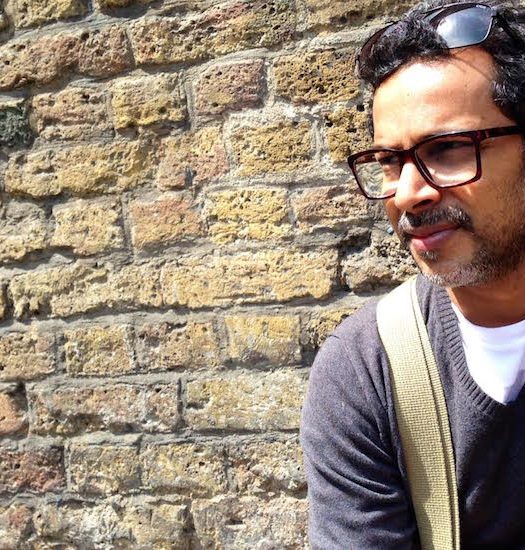‘The name is very significant as it is talking about the issues women face in our country.’~ Sanal Kumar Sasidharan
One of the most highly anticipated films of the year, S Durga is much more than just a film embroiled in a controversy. An observation into the relationship of men and women in modern India, Sanal Kumar Sasidharan’s critically acclaimed third feature is a ‘night road movie’ set in Kerela, and has angered Indian conservatives as well as wowed international audiences with its’ bold, radical storytelling. We present to you an exclusive interview with Sanal Kumar Sasidharan.

Sanal Kumar Sasidharan
S Durga has met with rave reviews, yet in India it was stalled by the Censor Board. Yet a while earlier I read that it will be cleared, with certain audio mutes and with a change in the title. What do you have to comment about the current socio political upheaval in the country.
I think now more than ever, the name is clearly representing the Indian psyche. We don’t like talking about sex, love or anything that is even remotely liberal. That is why we have a lot of rape cases, molestation and harassment cases, because our society is so suppressed. Even the word sexy is considered derogatory and foul. We as Indians don’t want to discuss anything openly. Yet now with the name change, I think people will themselves will guess that the ‘S’ stands for ‘sexy’, but even then they won’t speak out.
If the film had another title, do you think it would have had the same reaction in India?
The name is very significant as it is talking about the issues women face in our country. It also displays the psychology of men; that we live in a patriarchal society. It is very strange that we are directly connecting the name of a character to a goddess. We are not concerned about the thousands of Parvatis, Durgas and Lakshmis around us and we don’t help them. We are scrutinizing what word is used before or after ‘Durga’. I firmly believe that now even after slashing 3 letters, it is not going to affect the film.
S Durga is the first film in more than 2 decades to win the Tiger Award at Rotterdam. How do you feel and what does it mean for you as a filmmaker?
It means a lot for me. I am sure if it was released in India before all this, people wouldn’t have gone to see the film. Rotterdam was the perfect launch. It went to 40 other festivals afterwards, even won 4 more international awards before it came to India. Of course, the Indian Censor Board has shown us some realities which stoked the fire further, but even then it wouldn’t see the light of the day if it hadn’t got so much traction.
What was the shooting process like and how did you come up with the idea of the film?
The thought process for the film came to me after the Delhi Gang Rape incident. It made me wonder why is it all happening. In a country where we consider women to be goddesses, we see such brutality and horrors. After going through the articles I came up with the idea for Sexy Durga, long before I had finished my second film. I usually don’t use a proper script to shoot. I go to the location with the artists and it is just an evolutionary process from there. I tell them to perform something, they do that, then we change a little and do it again, scene after scene. It is a very organic process
The film will finally hit the screens soon and congratulations on that. What is next in the pipeline for you?
I am very happy that we are screening the film finally in India. After all, it was made for my people everyone should come and see the film. A name cannot ruin your gods and goddesses. If they were so fragile, then why have them as gods and goddesses? The idea of every filmmaker to make a film is to show it to the people, so I invite everyone, the bhakts too. My next film is around the same ideologies. It deals with the current scenario of censorships of ideas. The film is titled Death of Insane, it is currently at the Busan Film Festival in the Asian Project Market.



